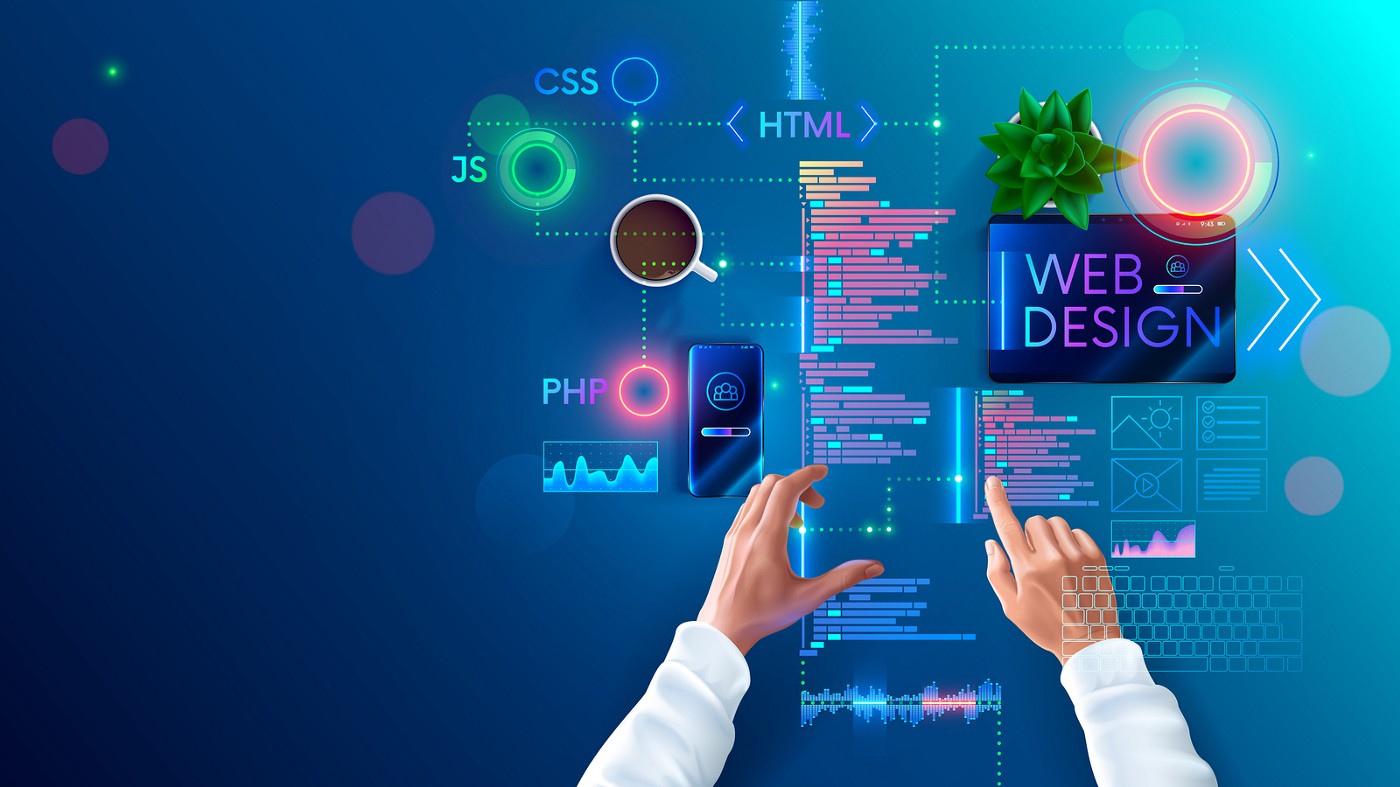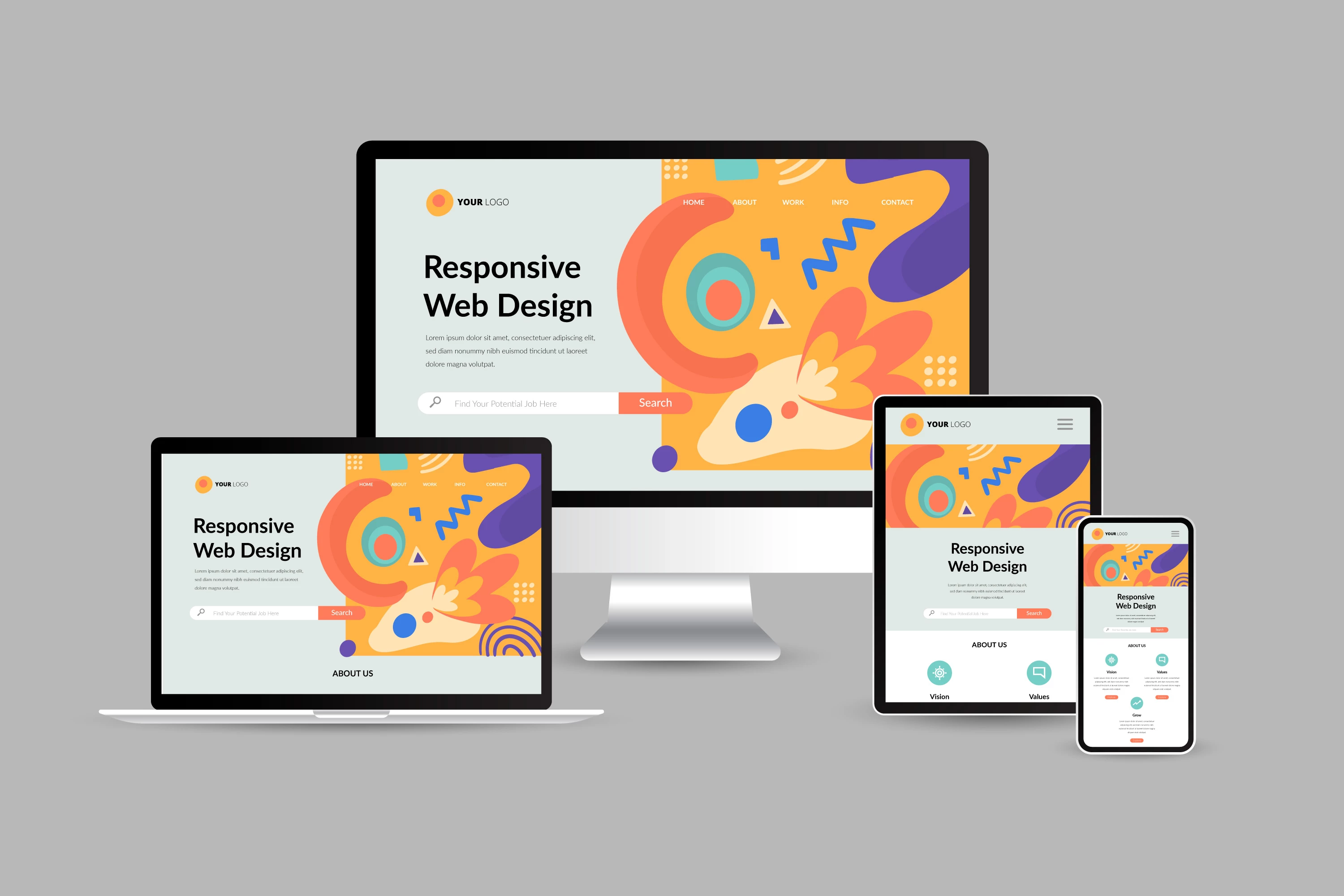Web Design In Guildford Services That Drive Success for Today’s Companies
How to Enhance Customer Experience With Strategic Website Design
In the realm of digital technology, individual experience (UX) has ended up being the linchpin of effective website design. A critical, user-centered approach, stressing aesthetic consistency, instinctive designs, and responsive design, can considerably enhance a website's use and charm. As we discover these concepts in information, the significance of incorporating customer feedback and the duty of UX in individual retention will certainly also be checked out, welcoming a deeper understanding of this critical element of internet style.
Recognizing the Relevance of User Experience in Website Design
The essence of internet design exists not simply in looks, but basically in the user experience it supplies. Individual experience, or UX, describes the total experience a person has while engaging with a web site or web application, especially in regards to how comfortable and pleasing it is to make use of (Web Design In Guildford). It is a necessary aspect of web style, as it straight affects the individuals' impacts, actions, and overall interaction with the website
A well-designed internet site with a poor user experience belongs to a beautiful building with a poorly prepared interior; it may look appealing on the surface area, yet it stops working to offer its desired purpose properly. It might discourage customers from remaining on the internet site, resulting in high bounce prices, reduced customer interaction, and inevitably, failure to attain the internet site's goals. This highlights the relevance of incorporating customer experience into the website design process right from the start.
Using User-Centered Layout Concepts
The application of user-centered layout concepts begins with recognizing customer actions. This expertise creates the basis for creating an effective interface layout. These 2 vital elements, when masterfully incorporated, cause an improved individual experience on any kind of website.

Comprehending User Behavior
Why do customers behave the means they do on web sites? Customer behavior is dictated by a wide variety of variables, chief among them being their details needs and preferences, prior on-line experiences, and general internet savviness. Utilizing this knowledge, web designers can develop extra effective, user-friendly sites that satisfy the requirements of their target market, consequently boosting customer experience.
Effective User Interface Design

Leveraging Responsive Layout for Ideal Watching
Progressing in the discourse, the attention now changes to the value of leveraging receptive style for ideal viewing. This entails discovering the procedure of carrying out receptive website design and understanding its influence on individual experience. The occurring conversation intends to clarify the advantages of optimal watching and how receptive style promotes it.
Carrying Out Responsive Website Design
Taking advantage of the power of receptive web design is a necessary action towards improving user experience. These elements integrated create a responsive web design that adjusts to the individual's requirements. While the procedure might seem complicated, the result is an extra instinctive and easily accessible web site, substantially boosting the user experience.
Advantages of Ideal Watching

Additionally, responsive style can result in improved search engine optimization positions, as online search engine prefer sites that satisfy several devices. It can lower bounce rates and enhance conversion prices as users are much less most likely to desert websites that are easy to navigate. Thus, ideal watching can significantly enhance customer experience, making it an essential element of tactical visit their website website design.
Incorporating Easy Navigation and Intuitive Layouts
Relieve and intuition in website navigating develop the bedrock of customer contentment. If individuals struggle to discover what they are looking for, they are likely to desert the site and look for options.
Simple navigating menus, breadcrumb routes, and clickable buttons guide customers through the internet site effortlessly. Uniformity in design aspects across web pages also adds to intuitive navigating. Placing the search bar or the purchasing cart icon in the very same area on every page enables users to situate these functions promptly.
Moreover, an user-friendly layout is one that prepares for individual requirements. It places elements and information where customers expect them to be. This decreases the cognitive load on individuals, enhancing their total experience on the site.
The Function of Visual Style in Individual Experience
While the framework and layout of a website are considerable for individual experience, the aesthetic layout plays a similarly essential role. It is the aesthetic design that originally attracts the individual's interest, making it a key element in developing a appealing and immersive experience. Visual style elements such as color, typography, photos, and symbols interact the brand name's message, create a state of mind, and overview users' interactions on the page. A well-executed aesthetic layout can not just bring in customers but also help them understand the content much better and navigate the site much more quickly. Nevertheless, a messy or irregular aesthetic style can confuse customers and lead to an unfavorable individual experience. Internet designers need to tactically use visual layout elements to create a harmonious and user-friendly customer interface that boosts the total individual experience. go right here This procedure calls for a deep understanding of the target individuals, their requirements, and choices, as well as the brand's identity and objectives.
Instance Studies: Effective Customer Experience Style in Action
In spite of the academic understanding on individual experience style, it gets actual worth when applied in useful situations. Airbnb, a worldwide on the internet market, effectively improved their individual experience by revamping their web site.
The results were a considerable rise in mobile website traffic and user engagement, demonstrating the effectiveness of calculated web design in enhancing individual experience. These situation researches reveal that practical application of user experience design can generate considerable benefits.
Conclusion
Finally, critical website design is a vital device in improving customer experience. By using user-centric layout concepts, leveraging responsive style, integrating intuitive navigating and formats, and harnessing the power of visual design, organizations can create internet sites that are engaging and pleasing for individuals. Reliable web layout, showcased through different effective study, considerably boosts individual interaction and retention rates, proving its critical duty in electronic success.
As we discover these concepts in information, the relevance of integrating user feedback and the duty of UX in user retention will likewise be analyzed, welcoming a much deeper understanding of this important element of internet design.
It may hinder users from staying on the site, leading to high bounce prices, reduced user interaction, and ultimately, failure to accomplish the web site's goals. A messy or irregular visual style can lead and confuse individuals to an unfavorable user experience. Web developers should strategically make use of aesthetic layout components to create a blog unified and instinctive customer interface that improves the general individual experience. The outcomes were a considerable increase in mobile traffic and user involvement, showing the effectiveness of calculated web design in boosting customer experience.